Butch Cassidy
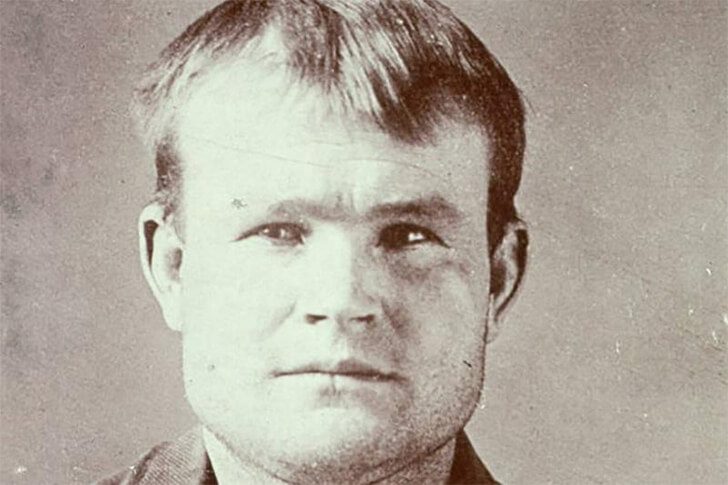
They call the Wild West "wild" for a reason. Many notorious criminals were ruling those towns, and one of them was Butch Cassidy. The leader of the "Wild Bunch," an outlaw unit, Cassidy was also fond of robbing trains, which he was known for.
His reign of terror didn't last very long, and eventually, he was made to leave with his partner Alonzo Longabaugh, "The Sundance Kid," and Etta Pace. Cassidy may be considered an icon of the wild west, but in 1908, he was killed in a shootout with the Bolivian army. However, that remains an unconfirmed rumor to this day.
Marie Curie
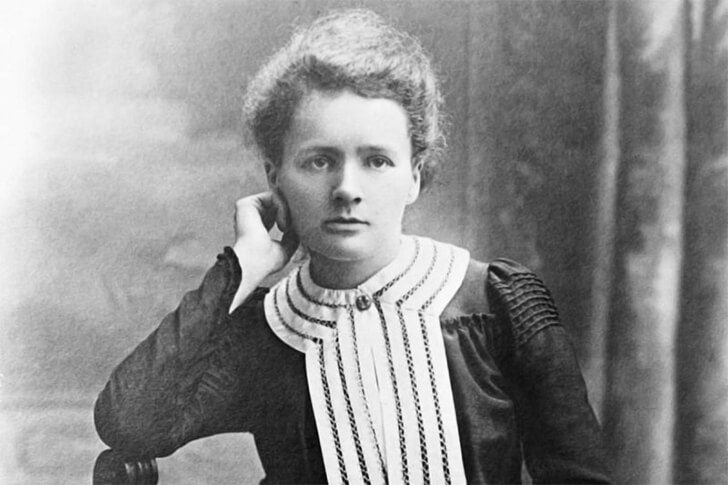
Marie Curie was one of the greatest scientific minds in history, and her findings helped to make way for remarkable scientific progress and discoveries. What makes Curie even more amazing is the fact that she was able to achieve great success in STEM (science, technology, engineering, and mathematics) during a time when women were not welcome in the field.
She coined the term radioactivity and did extensive research, resulting in ground-breaking progress in the field. The first female to become a recipient of the Nobel Prize, she paved the way for countless women scientists. Curie is also the only woman to win two Nobel prizes.
Nikola Tesla
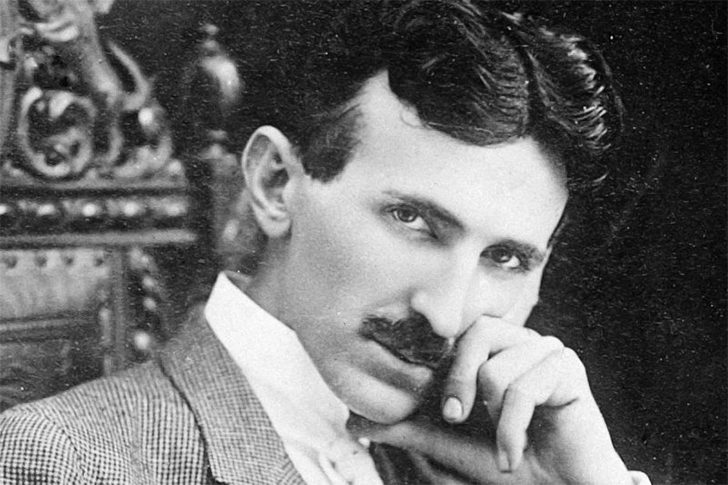
Nikola Tesla was an inventor, futurist, and engineer hailing from Serbia who who later emigrated to America. He paved the way for many modern-day equipment by inventing the first alternating current (AC) motor and developing AC generation and transmission technology.
He started out wanting to invent things that he could patent and sell, and he made significant discoveries in the process. Tesla had his fair share of issues. One of his many neurological disorders was OCD; he had to wear white gloves during every meal. His name, Tesla, has been used by billionaire inventor Elon Musk for his company and its luxury cars.
Harriet Beecher Stowe
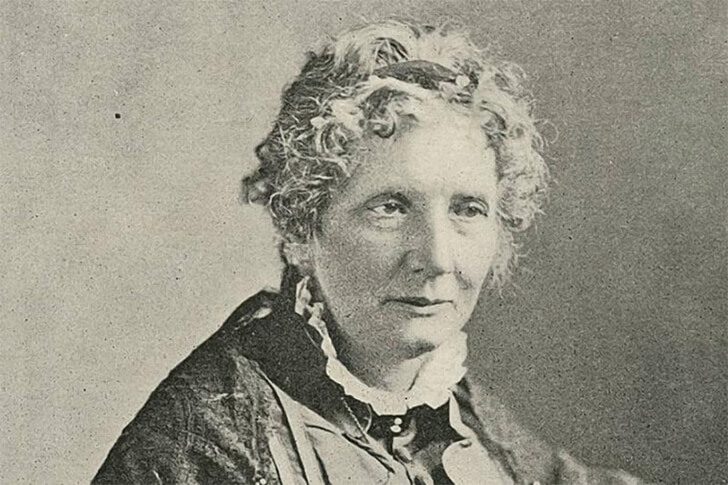
There are many great names that we think of when we think of the fight for freedom and abolition of slavery in America. Author Harriet Beecher Stowe is one of them. She was an abolitionist who wrote the iconic ''Uncle Tom's Cabin."
She captured the true plight of enslaved people in her book, and it became the voice of the voiceless. The book became an inspiration for people to rise against slavery, and it played a crucial role in the history of the country. Beecher was born in 1811 and wrote many great pieces centered on social issues throughout her life.
Ichabod Crane
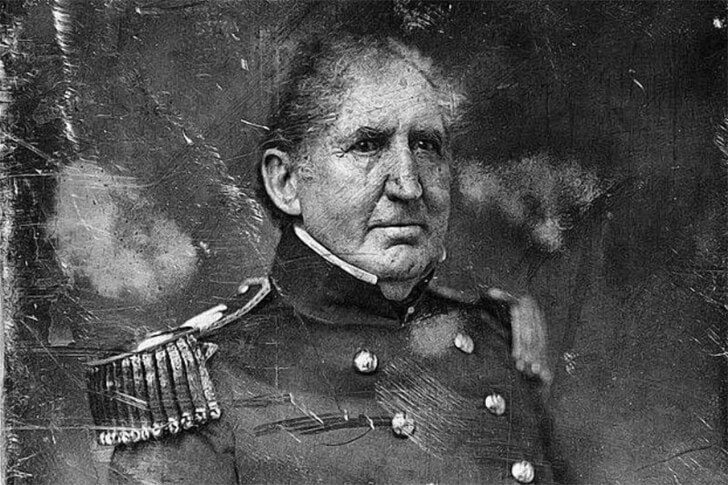
Colonel Ichabod Crane was an important figure in history known for his career in the military as an officer who served in the United States Army and Marine Corps for over four decades. He was born in 1787 and fought in many conflicts, including the 1812 war, the Patriot, and the Black Hawk wars.
Crane is so known in history because he shares the same name as the protagonist in Washington Irving's novel "The Legend of Sleepy Hollow," and people often confuse the two. However, Crane was a real person, and his military work made him a known figure in history.
Jack Kérouac
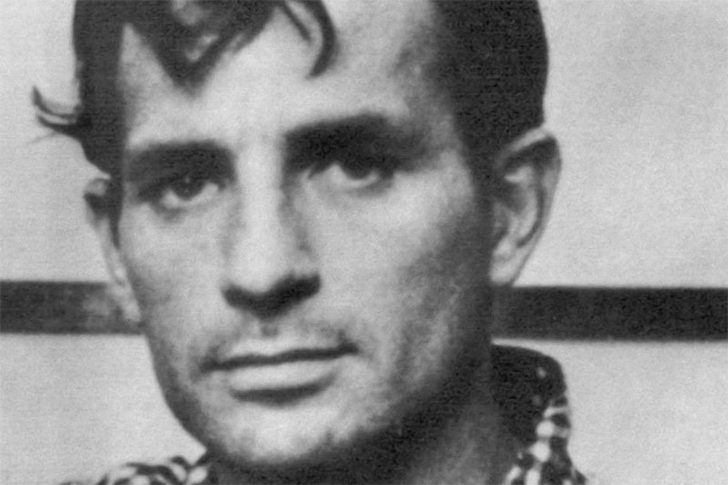
Jack Kérouac was an American novelist with French ancestry known for pioneering the Beat generation of the '50s thanks to his work, "On The Road." It became his most defining and well-known publication and is what he is remembered for.
The author found great success in his lifetime and published many books like "Big Sur" and "The Town and the City," for which he gained widespread fame. However, his first novel, "The Sea is my Brother,'' wasn't published until 40 years after his death. Kérouac's literary creations greatly influenced the culture of America and inspired many iconic artists like Bob Dylan.
Franklin Pierce
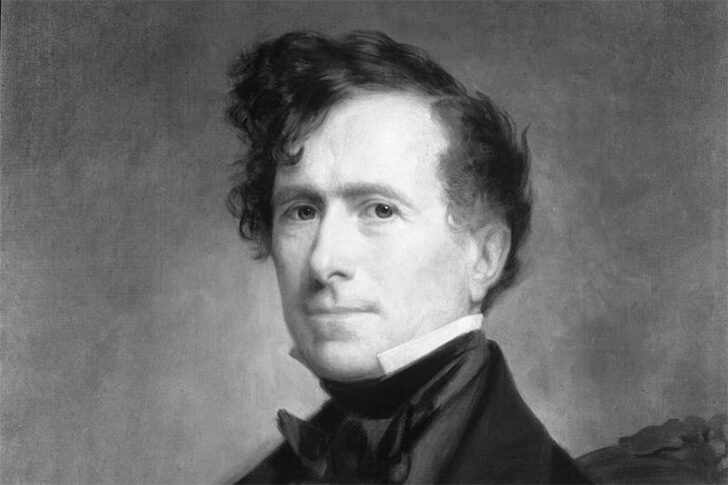
Franklin Pierce was born in 1804 and became the 14th President of the United States. He won the election in 1853, and history remembers him as one of the country's worst presidents. Most historians don't look too fondly upon Pierce because his actions eventually led the country into the Civil War of 1861.
He could not ease the tensions over the widespread practice of slavery, and the South and the North were too divided during his time. War became inevitable after he was pressured into backing the Kansas-Nebraska Act. His term ended in 1857, and he passed away in 1869.
Sylvia Plath
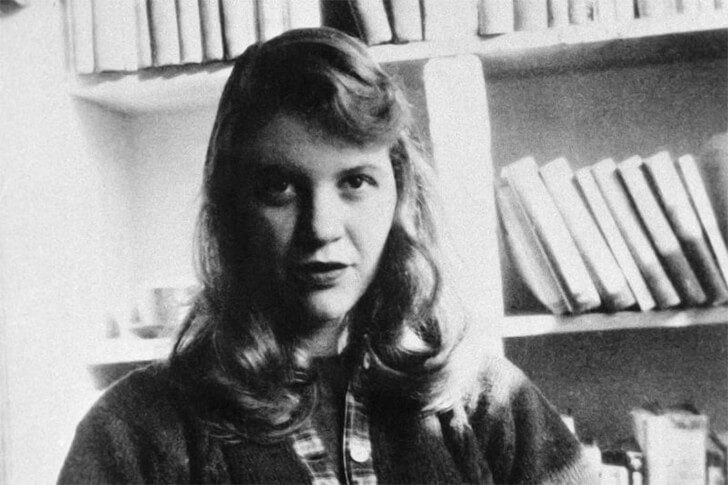
Sylvia Plath was born in 1932 and rose to prominence as a revered poet of her time. She helped advance confessional poetry and wrote many great poems throughout her lifetime. She was also a novelist remembered for works like "The Bell Jar" and the two poetry collections "Ariel" and "The Colossus and Other Poems."
Though posthumously, she was even awarded a Pulitzer Prize in Poetry in 1982. Despite her brilliance, Plath suffered from life-long mental health concerns. She passed away in 1963 at 30 by suicide. Although Plath famously had clinical depression, some fans were eager to blame her former lover Ted Hughes instead, who'd broken her heart.
Harriet Tubman
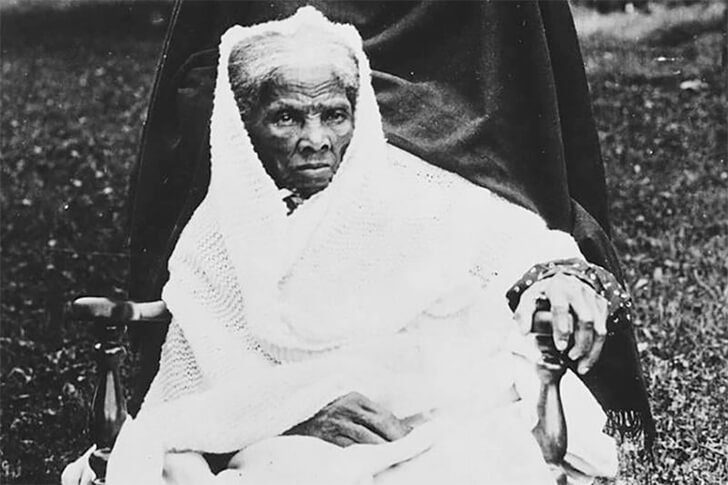
Slavery was indeed a very dark time in the history of the United States. Fortunately, many great people helped dismantle the brutal system and help those who suffered from it. Harriet Tubman was one of them. Though born into slavery, she eventually escaped.
Tubman then dedicated her life to securing the freedom of others. She saved over 70 enslaved people from a life of forced servitude thanks to her bravery and the 'Underground Railroad.' An ingenious system devised by other like-minded brave souls, the railroad was a network of activists and safe houses which helped bonded labor escape. Tubman was also an army scout during the Civil War.
Andrew Jackson
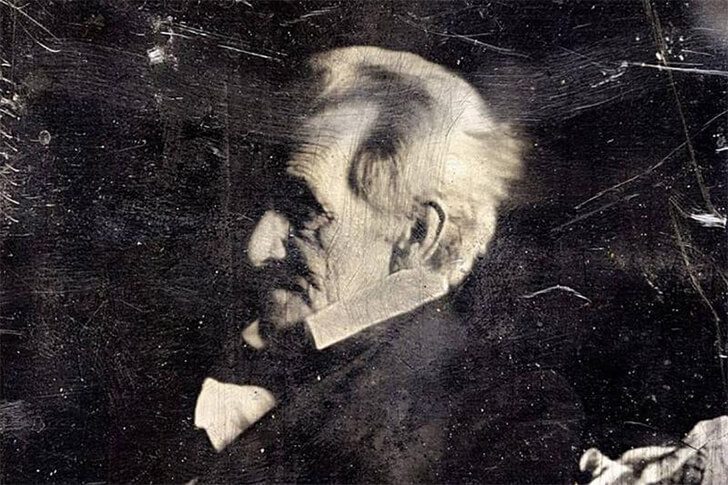
Andrew Jackson had the honor of serving as the seventh president of the United States, and if he hadn't lost to John Quincy Adams, he would have been the sixth too. Before Jackson became the president, he worked as a frontier lawyer and joined the U.S. Senate. He also served as a justice on the Tennessee Supreme Court.
He had many titles and was a General who led troops in the Creek war, the 1812 war, and the First Seminole war. Jackson is credited for founding the Democratic Party due to his support for individual liberty. And in doing so, he forever changed politics in America.
Frederick Douglass
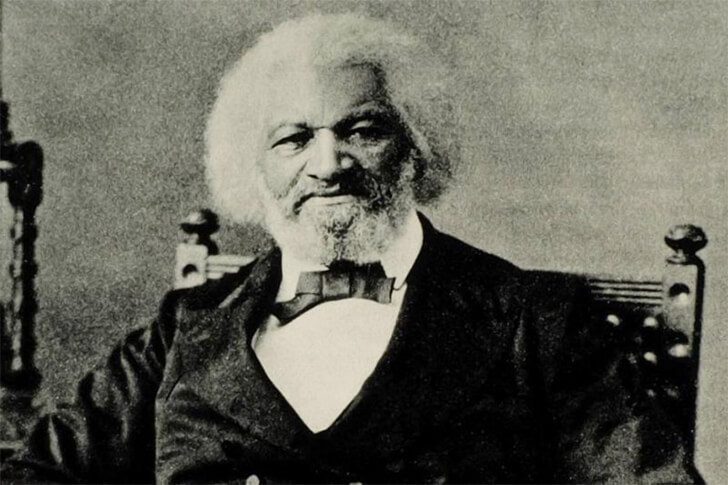
Frederick Douglass made history as the first African-American to be nominated for Vice President of the United States. He was born into slavery and lived as one until the day he escaped. Douglass became an activist and a leader of the abolition movement in both Massachusetts and New York.
He influenced many people to fight against the system that upheld slavery, and his intellect inspired not only the North but also the Southerners. He spent his life fighting for justice and equality and played an essential role in the fight toward liberty. Douglass is best known in literary circles for his work, "My Bondage and My Freedom."
Robert E. Lee
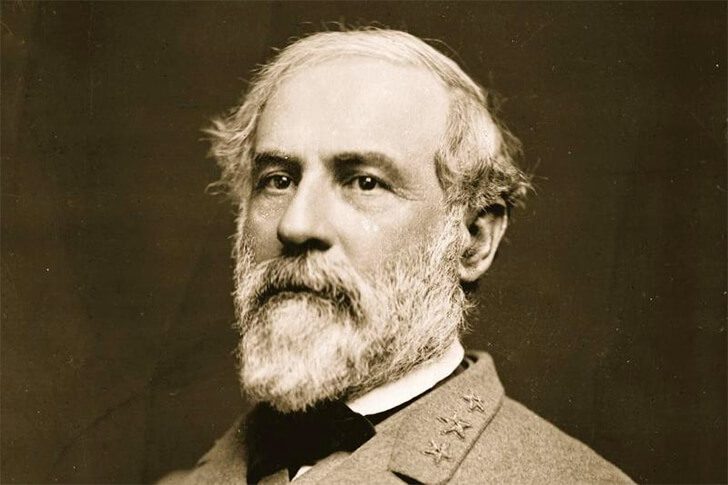
Robert E. Lee may not be the most well-liked figure in American history, but he became known as a skilled tactician. He fought alongside the Confederacy during the American Civil War as a general and left the army, which he had been serving for 36 years, to take command of Virginia's forces.
Although he believed slavery was inherently wrong, he blamed the abolitionist for its problems and thought that the laws of the Confederacy regarding it were better. But perhaps most importantly, Lee believed in fighting for his country. He eventually became the president of Washington College, later named after him (Washington and Lee University).
Chief Seattle
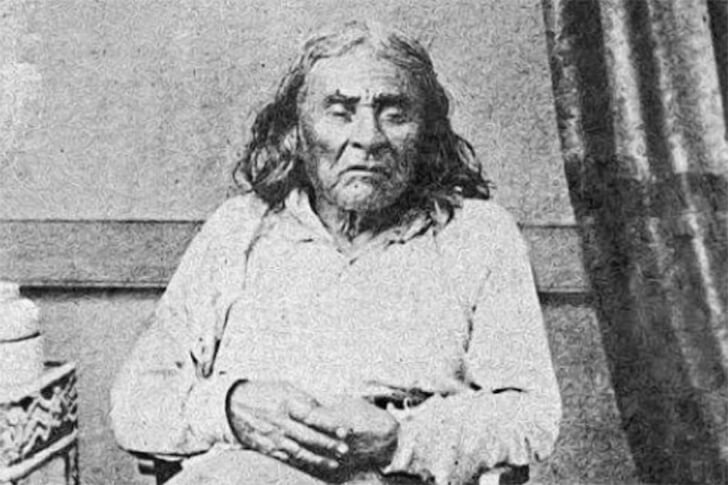
Did you know that Seattle city was named after Chief Seattle, the leader of the Suquamish and Duwamish people? He was born in 1790 and persuaded his people to accommodate European settlers into the land that eventually became Washington State. The Chief developed friendly relations with the settlers, especially with the American pioneer "Doc" Maynard.
Due to his persuasion toward peace, the locals named the city after him. His rousing public words in 1854 became the most widely quoted speech by a Native American and are what he is most remembered for. He spoke during treaty negotiations with the governor of Washington about the relationship between people and the earth.
The Wright Brothers
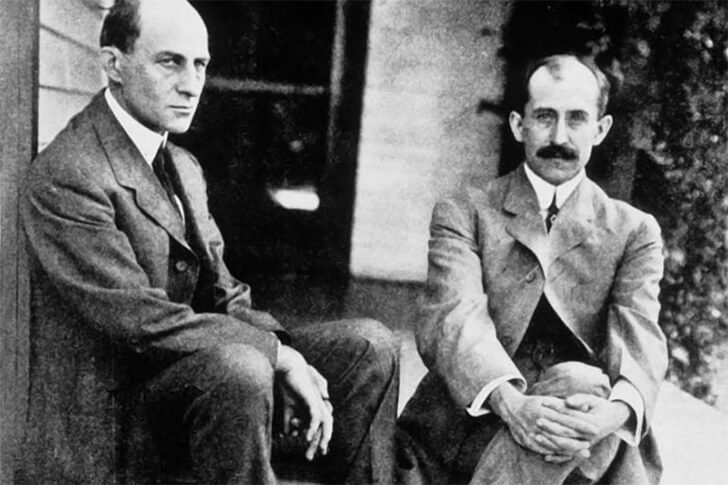
The Wright Brothers changed the course of the world forever as they are credited with designing and operating one of the earliest flying aircraft. They began their journey working on machines at their shop in Ohio, which paved the way for them to design more extraordinary things.
They eventually got people into the air for the first time in the history of invention in 1903. Their first flight was on the craft, the Wright Flyer. Orville and Wilbur Wright together managed to create aircraft controls enabling the first humans to fly. Not only was their invention successful, but all travel by plane today is possible thanks to them.
Ernest Hemingway
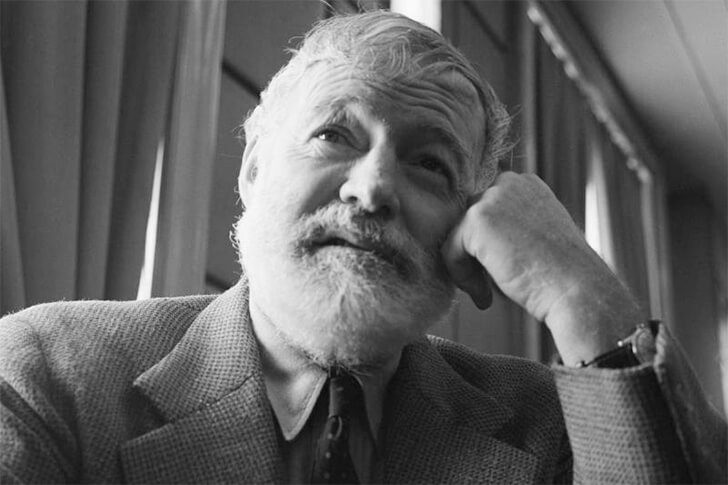
American novelist Ernest Hemingway was a writer who greatly influenced the literature of the 20th century. He was born in 1899 and made waves in the 20th century for wildly popular works like ''The Old Man and the Sea," ''For Whom the Bell Tolls," and "The Snows of Kilimanjaro.''
His works today are considered classics of literature and are studied by students of all ages. Literary circles regard him as one of the greatest writers because of his short, simple, and concise style of writing that helped get the point across easily. Even Hemingway's personality and adventurous lifestyle made him famous amongst future generations.
Samuel Wilson Or "Uncle Sam"
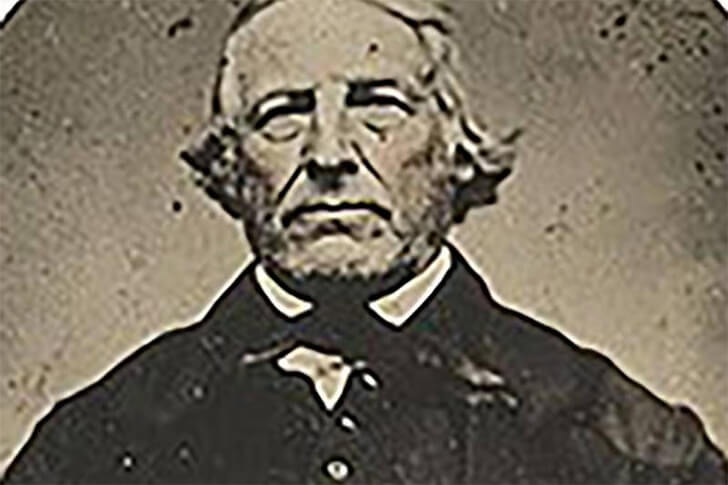
"Uncle Sam" is the symbolic personification of the United States. He is a man with a long, white beard, a top hat, and a red, white, and blue suit. He was used across posters everywhere during wars to encourage people to join the army.
Many believe Uncle Sam's inspiration was a man named Samuel Wilson, a meat packer during the War of 1812. His meat packing barrels contained the letters 'U.S.' for the United States, with some joking that it stood for "Uncle Sam." Wilson was born in 1766 and passed away in 1854. However, there is no actual proof that he was the inspiration behind Uncle Sam.
Abraham Lincoln
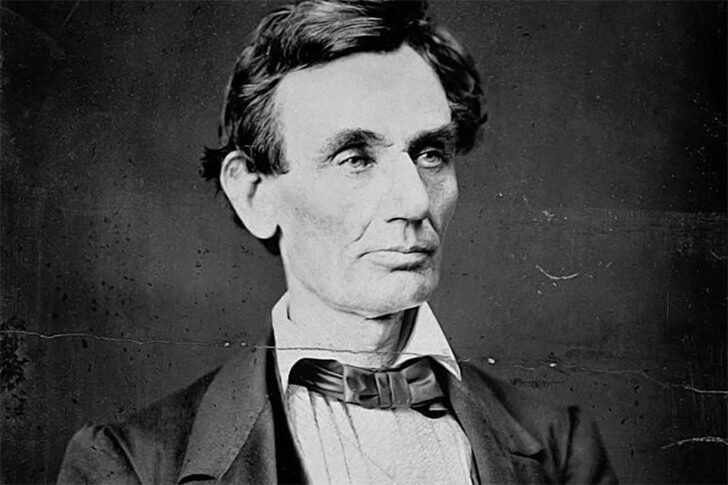
Abraham Lincoln is a well-known figure in American history and is credited for his efforts to end the practice of slavery. The 16th President of the United States is regarded as one of the best for effectively leading the country out of the Civil War while also preserving the Union. Historians and the American people, in general, regard him as a hero for his efforts.
Lincoln was born in 1809 and lived a fabled life until his 1865 assassination. Although he'd begun his career as a lawyer, he later became a congressman and Whig Party leader. Ever since Lincoln became the President in 1860, he has famously been known as "Honest Abe."
Helen Keller
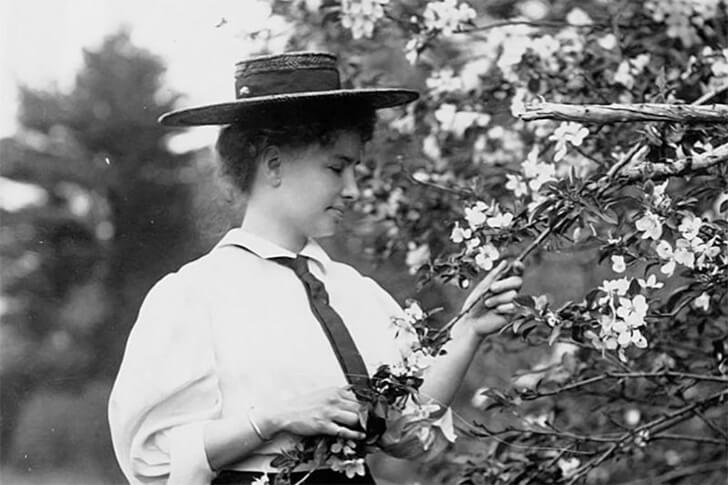
Helen Keller made history as the first deaf and blind person to earn a bachelor's degree. Before her, it was practically impossible for anyone to do so, but thanks to her teacher and friend, Anne Sullivan, she managed to read, write and communicate. Keller was also mute at one point in her life but later learned to speak. She lost these senses when she was just a year old.
She earned her degree from Radcliffe College of Harvard University. Keller wrote 14 books throughout her lifetime and was an advocate who spoke up for women's rights, labor rights, and disability rights. Keller passed away in 1968.
Arthur Wellesley, 1st Duke Of Wellington
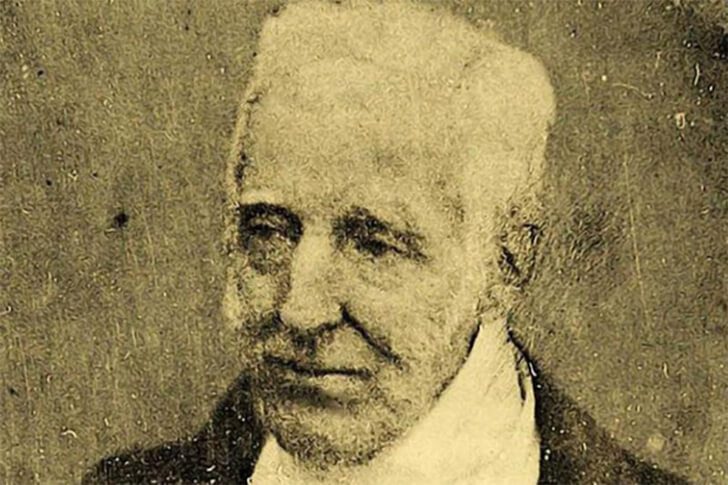
Arthur Wellesley was a prominent political and military leader in Britain during the 19th century. He was a soldier and even served as the Prime Minister two times. One major thing he is remembered for is defeating Napoleon at the Battle of Waterloo, which made him a national hero.
He has written books about his experiences, most notably "The Dispatches of Field Marshal the Duke of Wellington, K.G. During His Various Campaigns in India, Denmark, Portugal, Spain, the Low Countries, and France: From 1799 to 1818." Historians consider him one of the finest British military tacticians, and Wellesley became the Duke of Wellington in 1814.
Vincent van Gogh
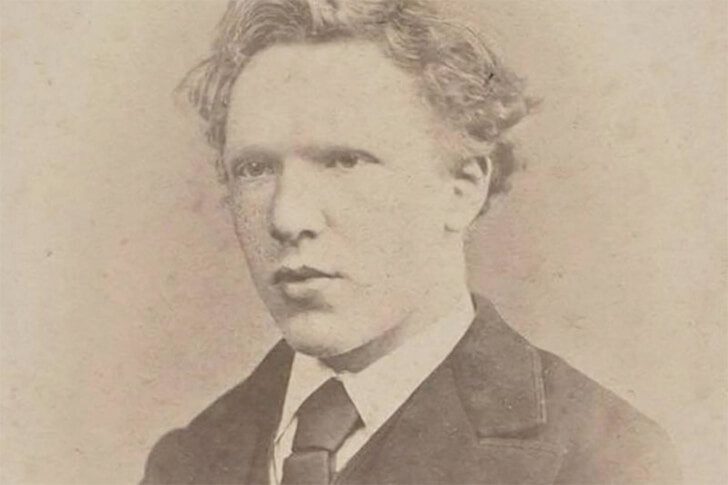
Anyone who's seen the painting "Starry Night" knows how brilliant Vincent van Gogh was. He was a painter from The Netherlands, and art critics rightfully regard him as an icon of the 19th century. He painted over 2,000 works in his lifetime, but sadly, he lived a life of poverty. During his life, Van Gogh mostly went unnoticed. He was a struggling artist who suffered greatly.
After he took his life in 1890, his paintings came to his brother, who displayed them, and from that point, Van Gogh's work started getting noticed. Now, his creations are worth millions. There's even a museum dedicated to his work in The Netherlands.
Martin Van Buren
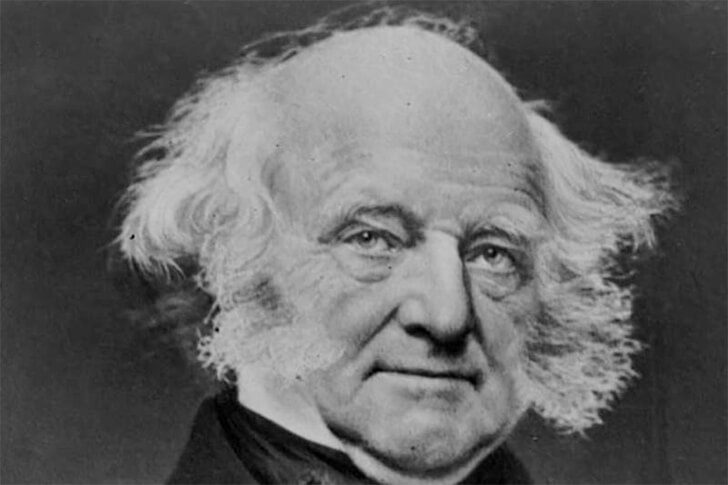
The founding of the Democratic Party changed politics in America forever, and one of the people credited for its creation is Martin Van Buren. He was one of the founders alongside Andrew Jackson. Buren had many titles to his name and served as the governor of New York, the Secretary of State, the Vice president, and finally, the president of America; the man did it all and did it well.
He campaigned in elections many times and won in 1836 but failed to get reelected in 1840. Van Buren ran for president a final time in 1848 under the Free Soil Party and also famously opposed the expansion of slavery.
Billy the Kid
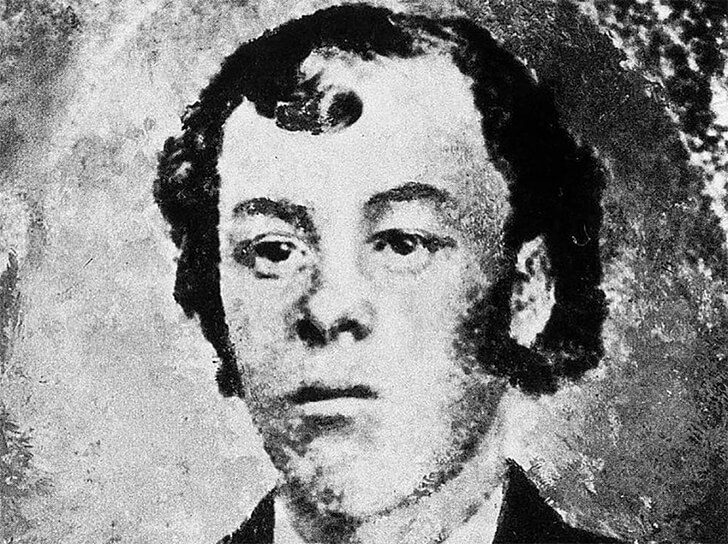
Billy the Kid didn't live very long, but he undoubtedly made an impact. Albeit not very positive, he was an outlaw of the Old West who began his life of law-breaking as a teenager. Billy found himself orphaned at the age of 15, which led him into this life.
Before he reached full adulthood, Billy, born Henry McCarty, was already a federal fugitive with wanted posters referring to him as "Billy the Kid." Wayward young men sometimes have a way of coming around, but before he could mend his ways, McCarty was killed in a gunfight and died at the age of 21.
Rhoda Derry
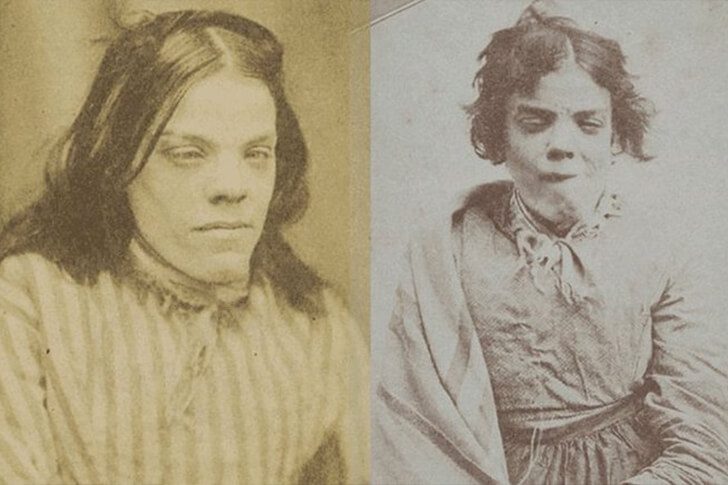
Not many people would survive in the mental institutions from past centuries. That wasn't the case for Rhoda Derry, who spent most of her life in such facilities and lived on to be 72! She was not born naturally ill but developed it over time after the man she loved didn't get approval from his mother.
The mother told Rhoda that if she didn't leave her son alone, she would cast a spell on her. Rhoda was terrified of witches, and at the age of 25, she was admitted to Adams County almshouse. And that's where she lived until she passed away in 1906.
Geronimo
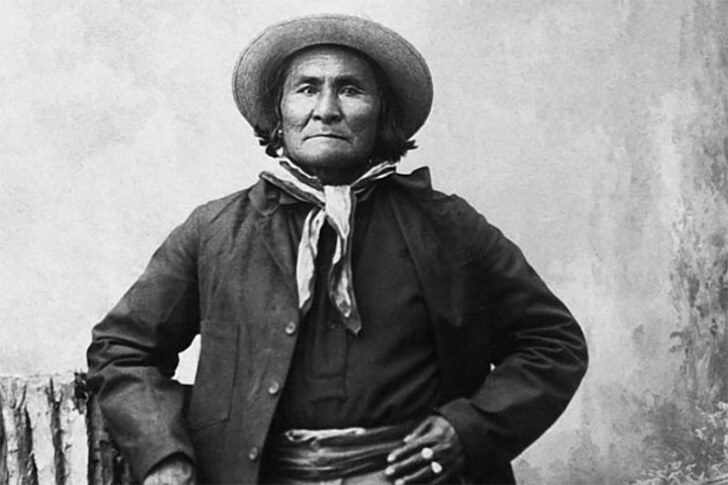
Geronimo, who was also known as "the one who yawns," was a leader and a healer from the Bedonkohe band of the Apache tribe. He was a Native American who led several raids against Mexican and United States soldiers and was the most feared leader of Native American heritage in the 19th century.
He fought during the Apache-United States conflict but was eventually caught. He fought for his homeland for 30 years but finally surrendered. Geronimo was so fearless that even after being shot point blank by his opponents, he charged on continuing to kill them. Even today, people scream "Geronimo'' when they are about to jump from great heights.
Grand Duchess Anastasia Nikolaevna
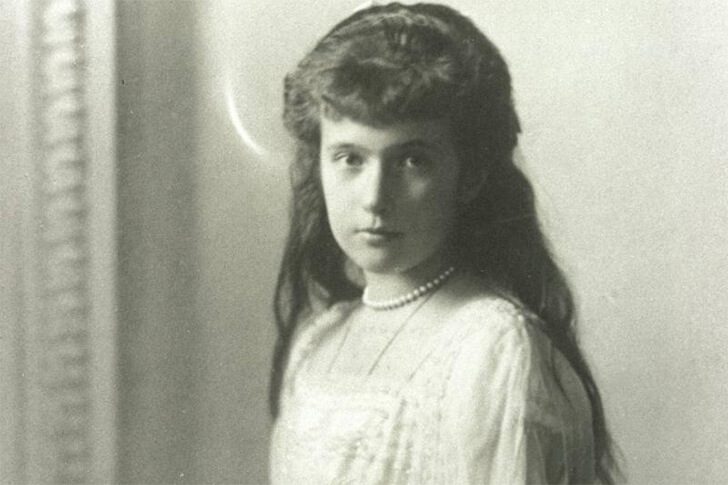
Grand Duchess Anastasia Nikolaevna of Russia may have been born with a silver spoon in her mouth, but her life took a regrettable turn. She didn't even live to see her 18 birthday. The Bolsheviks killed her and her entire family in 1918. She was the youngest daughter of Tsar Nicholas II, the last Tsar of Russia, and the last Tsarina, Alexandra Feodorovna.
She had three older siblings who were also killed, and their murder symbolized the beginning of the Soviet regime. There were countless rumors about Nikolaevna. Many believed that she somehow managed to escape. However, this was never proven despite many women claiming to be her.
Daniel F. Bakeman
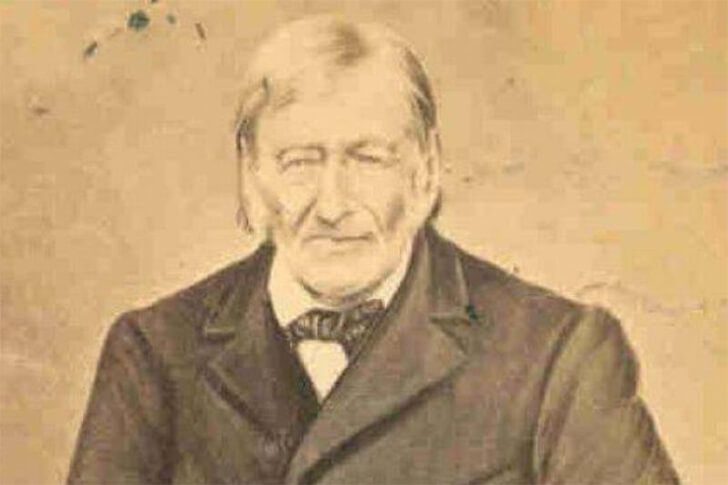
Daniel F. Bakeman was the child of Dutch immigrants, and he was born in 1759. He is known in history as a war veteran and was the last soldier to receive a veteran's pension for fighting the American Revolutionary War from 1775 to 1783.
All the others who fought that war had since passed away. During the last four years of the war, Bakeman served as a private in the Tryon County militia. After the war settled down, he started his life and married Susan Brewer. The happy couple had eight children together. Bakeman died in 1869 at the impressive age of 109.
George Armstrong Custer
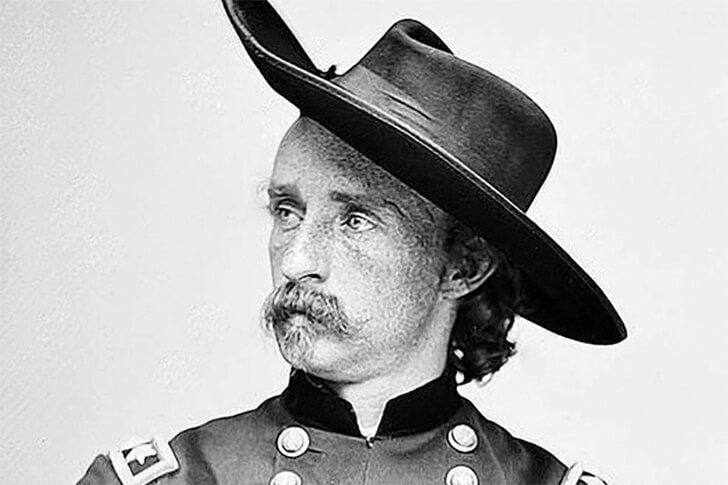
George Armstrong Custer may have graduated at the bottom of his class at West Point in 1861, but he proved better on the field than he did in the classroom. He fought during the American Civil War and established himself as a worthy leader. When he was just 23 years old, he got promoted to brigadier general of volunteers.
After the Civil War, he also fought in the American Indian Wars. Unfortunately, he did not survive that one and fell while leading the 7th Cavalry Regiment in 1876. He and the five companions with him died at Little Bighorn, and today, that place is known as "Custer's Last Stand."
John Tyler
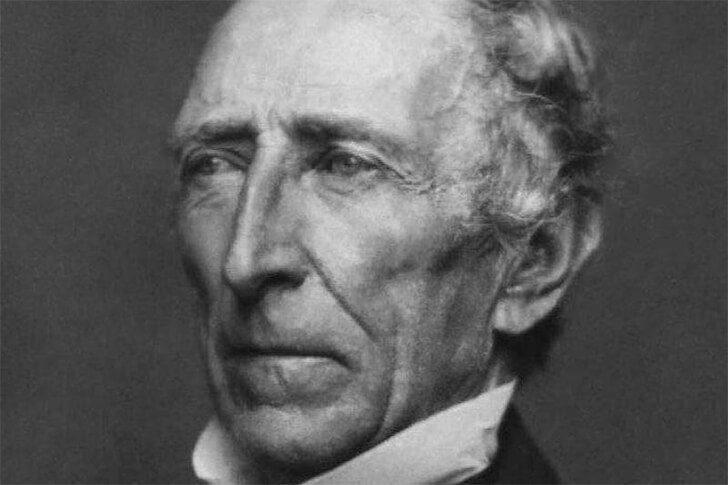
John Tyler became the American president after William Henry Harrison passed away in 1841, just 31 days after the latter had entered the office. Tyler was his Vice President and took that seat soon after. He held his presidential position from 1841 to 1845. Tyler is an important figure in American history, responsible for the annexation of Texas.
There is debate among historians whether he was a good president or not. Tyler was an enslaver born into a prominent slaveholding family in Virginia and had around 26 enslaved people himself. He's also an unpopular figure because, during the Civil War, he sided with the Confederacy.
Calamity Jane
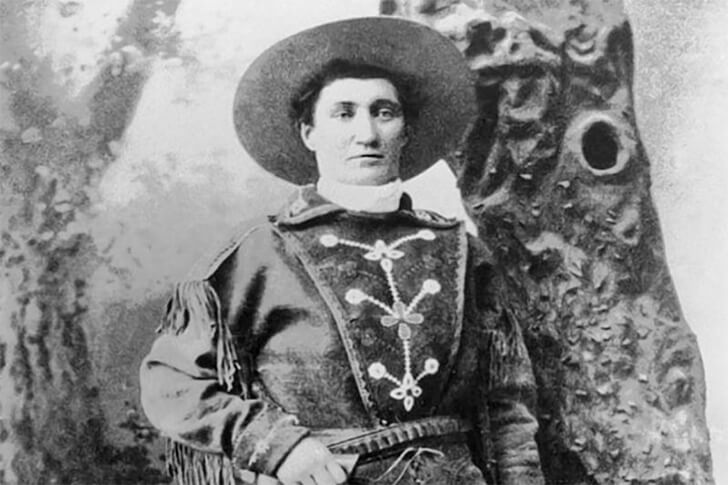
Calamity Jane was a Wild West legend whose real name was Martha Jane Cannary; she was a frontierswoman and a sharpshooter like no other. Jane was a performer in Buffalo Bill's Wild West Show due to her friendship with Wild Bill Hickock. She had a unique personality that quickly helped her get to the top.
Her peers knew her to be highly compassionate, despite being rough and tough. She frequently wore men's clothing, didn't care about acting "feminine," and could shoot her gun with uncanny accuracy. She was quite a famous figure in the Old West and is still remembered to this day. Jane passed away in 1901.
Emily Dickinson
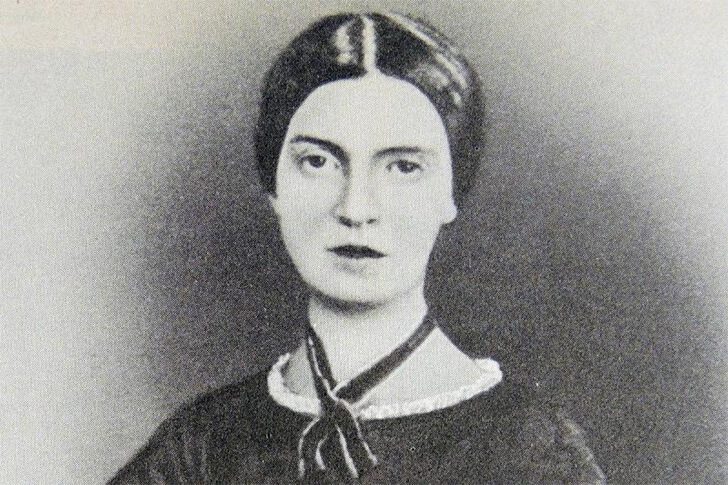
Emily Dickinson was a remarkably gifted creative who lived from 1830 until 1886. She is regarded as one of the most well-known poets in history, though the public knew little about her during her lifetime, and she saw little fame. Dickinson wrote around 1,800 poems, but only ten of them and one letter were published before her death.
Some of her most important works include ''Hope" is the thing with feathers," ''Because I could not stop for Death," and "I'm Nobody! Who are you?" Her writing style was different for the time, and she used short lines, typically no titles, and slant rhymes.
Benito Mussolini
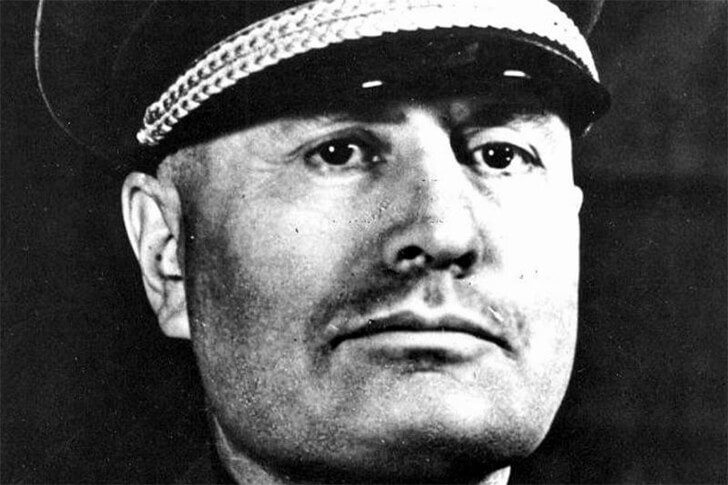
Benito Mussolini is quite an unpopular figure in history. During the rise of fascism in Europe, he was also one such Fascist leader who founded the National Fascist Party. Mussolini came from humble beginnings and was born in a small Italian town. His father was a blacksmith, and his mother was a school teacher.
He paved the path for himself and became the Prime Minister of Italy from the '20s through the early '40s. In 1945, he attempted to flee the country, but partisans shot him. His body was hung upside down for public display, and Mussolini was disgraced at death.
Conrad Heyer
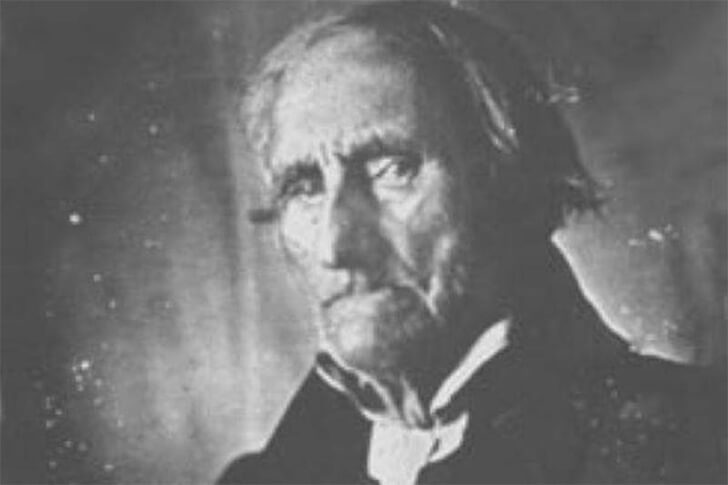
Conrad Heyer is a historical figure whose claim to fame is that he could possibly be the earliest-born man ever to be photographed. Heyer was a farmer and fought in the American Revolutionary War. He marched under the first president of America, George Washington's command, and even crossed the Delaware River with him in December of 1776.
His iconic photo was taken in 1852 at the age of 103. At the time, he did not know that he was the earliest born person to be photographed. However, this claim is disputable since some others also photographed at that time were born even earlier than Heyer.
James K. Polk
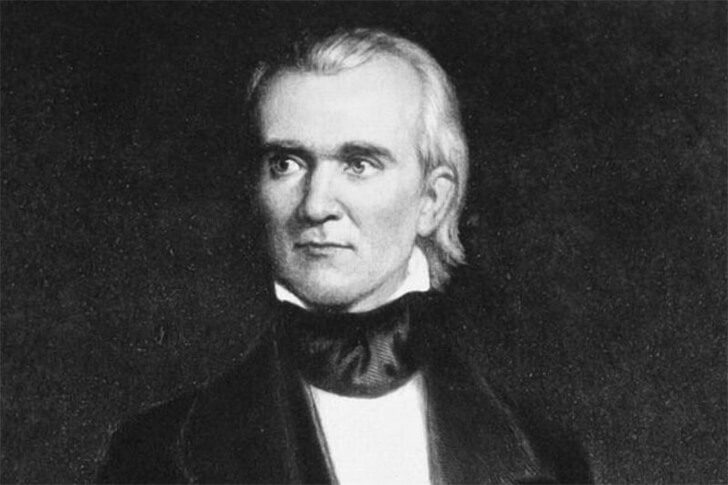
The 11th President of the United States was born in 1795 and passed away in 1849; he was a distinguished man named James K. Polk. Historians remember him as a great president who missed opportunities because he stepped down too soon.
Polk had famously promised to serve only one term, and even though he could have easily gotten re-elected, he didn't participate in the elections. His presidential term lasted from 1845 to 1849, and during that time, Polk managed to win the American-Mexican war and extend U.S. territory, lowered tariffs, and strengthened the executive branch.
John "Johnny Appleseed" Chapman
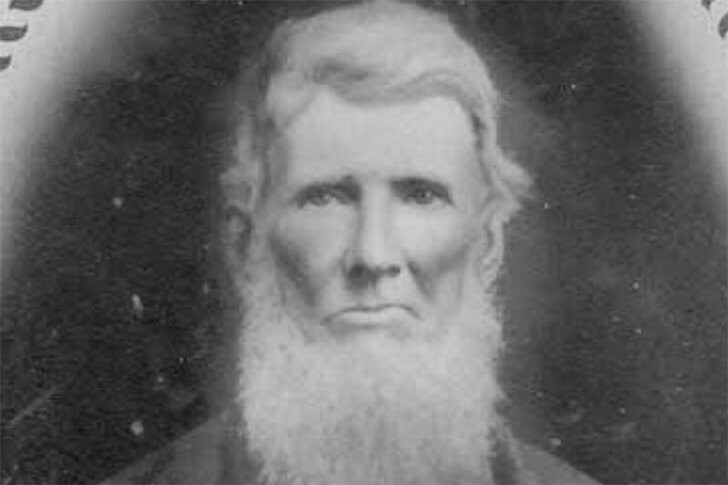
Apples growing in many parts of the United States would not have been a common sight if it wasn't for John Chapman, better known as Johnny Appleseed. He gained the surname Appleseed because he has been credited for introducing apple trees to various settlements, including those in Pennsylvania, Ohio, Illinois, Indiana, West Virginia, and even in Ontario, Canada.
He was a nurseryman born in 1774 who became a leader in environmental conservation and a folk hero. Chapman was a legend even in his time as he famously planted apple seeds on foot. Those who knew him in life also remembered him for his kind heart. Chapman passed away in 1845.
Jefferson Davis
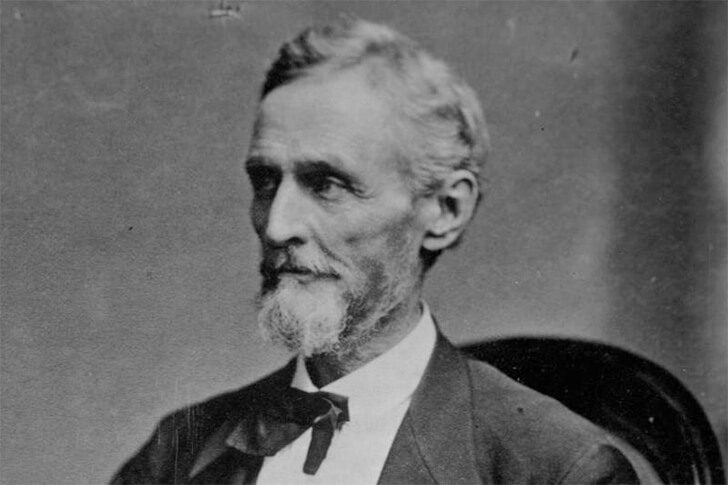
Jefferson Davis was a politician who served as the United States Secretary of War. He is best known for serving as the President of the Confederate States from 1861 to 1865, which was during the Civil War. However, he did a lot more throughout his life. He is considered a hero of the Mexican-American War.
He also represented Mississippi in the U.S. House of Representatives and Senate. A notable member of the Democrat Party, he wrote books like "The Rise and Fall of the Confederate Government" and the acclaimed "A Short History of the Confederate States of America.'' Davis passed away in 1889.
Sir John Herschel
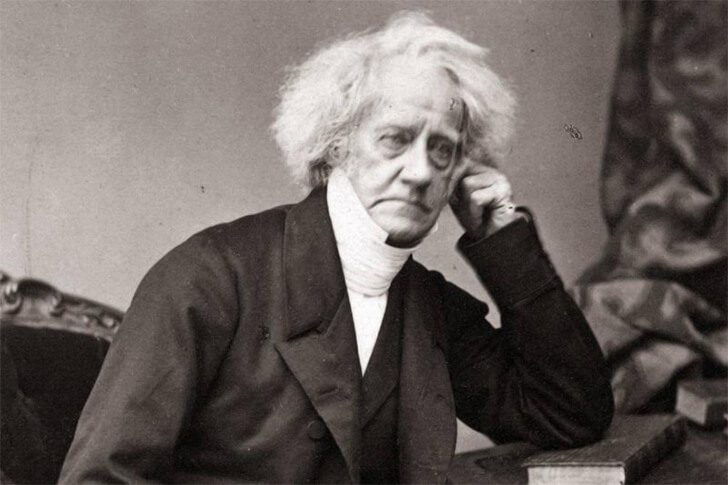
Sir John Herschel was indeed a man of many talents and made significant progress in all his fields. He was a mathematician, inventor, chemist, experimental photographer, and even an astronomer. On top of that, Herschel also did some fantastic botanical work and is credited for creating the very first blueprint using the cyanotype process.
His research into stars led him to name seven moons of Saturn and four of Uranus, a planet that his father, Sir William Herschel, discovered. Sir John also unveiled many scientific mysteries that led to numerous advancements in the field. His findings are still available worldwide in his books, like the best-selling ''Telescope.''
Grigori Efimovich Rasputin
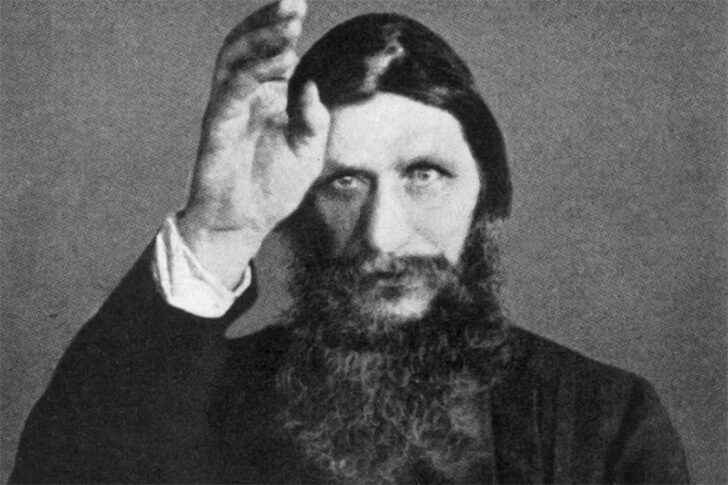
The famous song "Rasputin" by Boney M is based on a man who "lived in Russia long ago." His name was Grigori Efimovich Rasputin, a holy man and mystic who served under Nicholas II and the queen at the time. He was part of the royal family's inner circle and held great power as an advisor.
However, other influential people around them weren't exactly fans due to the power he held in court. They eventually killed him in 1916. Rasputin has ever since been a popular figure in pop culture, and many TV and films depict him, like the 1997 Dreamworks animated feature ''Anastasia.''
Leo Tolstoy
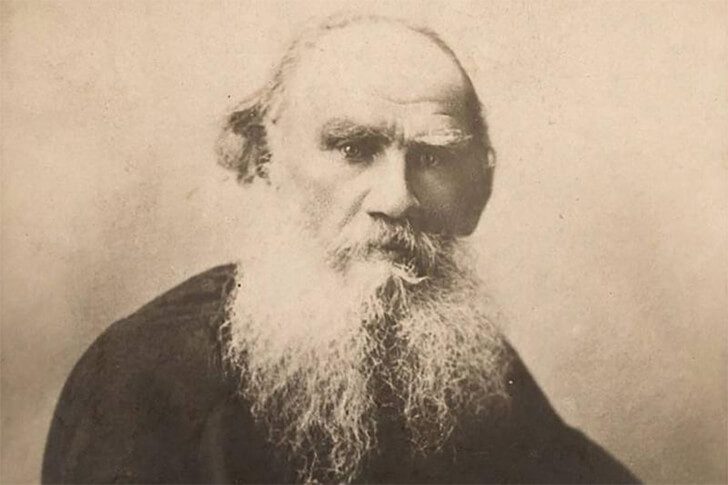
Leo Tolstoy is considered one of the greatest writers of all time. The Russian-born creative penned literature during the 19th and early 20th centuries and is the mind behind “War and Peace,” “Anna Karenina,” and “The Death of Ivan Ilyich.” He was also nominated for two Nobel Peace Prizes in Literature, thanks to his literary creations.
Tolstoy was a famous pacifist, heavily inspired in his beliefs by Christianity. Some critics also consider him a philosophical anarchist. His stories depicted the reality of Russian life while providing insight into human motives. In a way, Tolstoy inspired an entire generation, which included the Indian activist Mahatma Gandhi.
John Quincy Adams
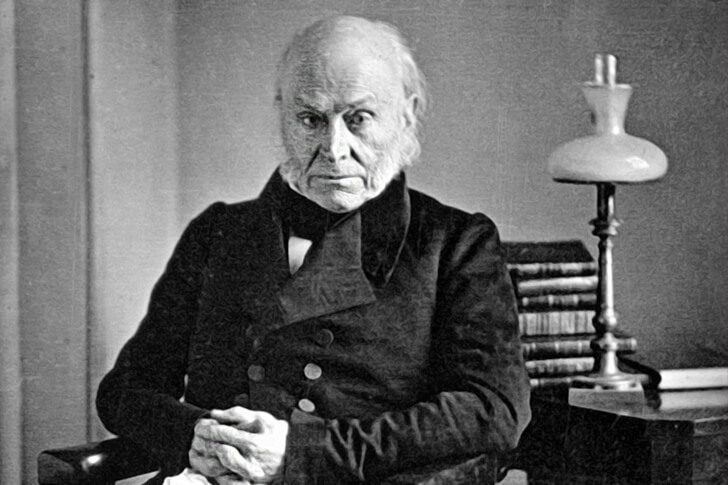
John Quincy Adams was the son of none other than former President John Adams, who was also one of the country's founding fathers. The men in their family eventually became famous for marrying into wealth and shaping the country's history in its early days. Quincy followed in his father's footsteps and became the sixth president of the United States of America and held that position from 1825 to 1829. He was also the Secretary of State.
Many historians agree that he was one of the country's most outstanding state secretaries, though Quincy was average at best as a president. Most of his presidential ambitions never passed in Congress.
Edvard Munch
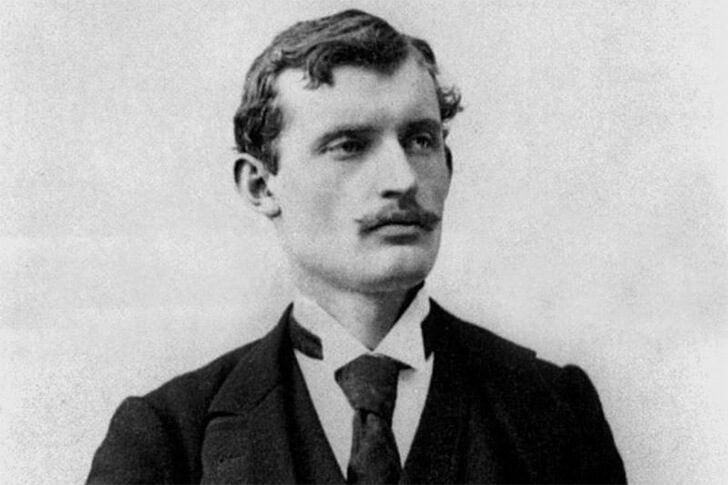
Edvard Munch was a gifted Norwegian painter known for one of the most iconic paintings in modern art history, ''The Scream.'' The painting went on public display in 1893, and today, it is one of the most well-known artworks in the world and is in the same category as the works of Vincent Van Gogh.
Munch also has another piece of art similar to ''The Scream'' called ''Anxiety.'' Many people don't know this, but Munch himself suffered from anxiety and hallucinations, which is evident in his art. In 1908, the struggling artist even admitted himself to a therapeutic clinic. Sadly, he passed away in 1944.
Charles Dickens
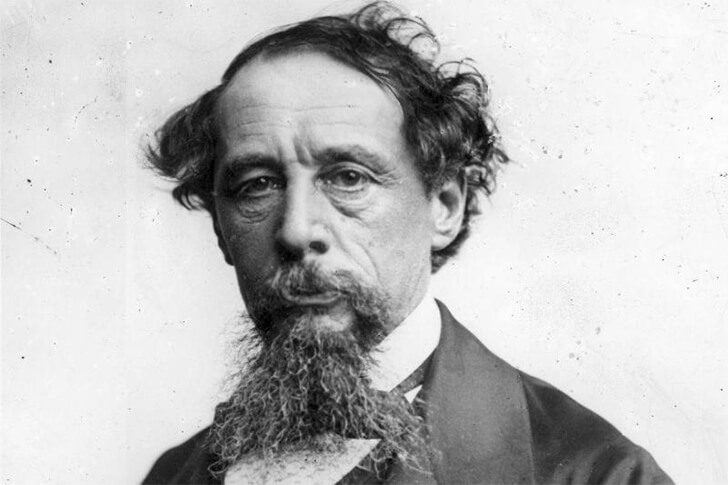
Charles Dickens was a writer known for some of the world's most famous children's stories. His most well-known literary masterpieces include ''A Christmas Carol,'' ''Hard Times,'' ''Great Expectations'' and ''Our Mutual Friend.'' His work has been read all over the globe, and he has inspired many novelists. Aside from children's books like ''Oliver Twist,'' he has also written social commentary pieces that are equally as famous.
Dickens was born in 1812 and is one of the greatest novelists of the Victorian era. He passed away in 1870. Despite being a creative mind, he also suffered a lot mentally in life.
Theodore Roosevelt
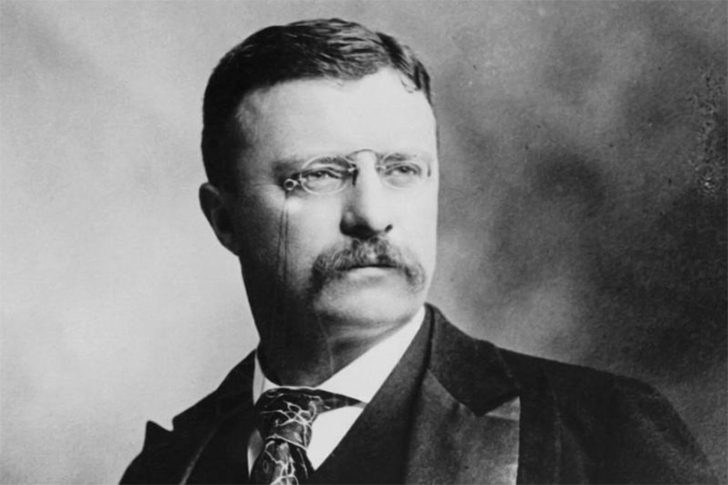
Often referred to as Teddy, President Theodore Roosevelt was the 26th President of America. He held that position from 1901 to 1909. Teddy Roosevelt was born in 1858 and had many titles. He was a conservationist, naturalist, historian, and writer who managed to achieve a lot during his presidency.
He is still remembered for his progressive movement and the iconic "Square Deal" domestic policies, which ensured fairness, regulation of railroads, and pure foods and medicines. Roosevelt was also the youngest person to sit in the Oval Office. He famously managed to negotiate peace during the Russo-Japan war and earned the coveted Nobel Peace prize for his efforts.
Charles Darwin
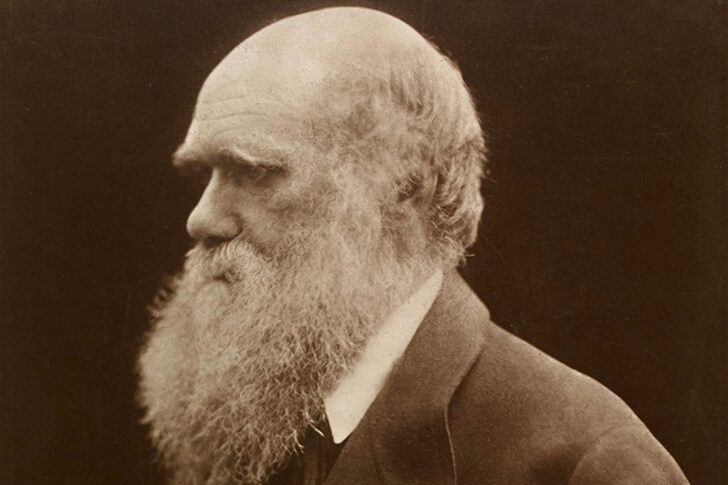
Charles Darwin laid the foundations of modern science and his theory of Evolution has changed the course of science forever. Darwin suggested that all humans come from a common ancestor and that we evolved over time thanks to a process called evolution.
He is one of the most celebrated naturalists in history and though, he may be a controversial figure among many religious groups, his theory is now proven as fact. He was not accepted by fellow scientists and religious institutions, alike. His idea of natural selection and evolution was published in his 1859 piece, “On the Origin of Species.”
Annie Oakley
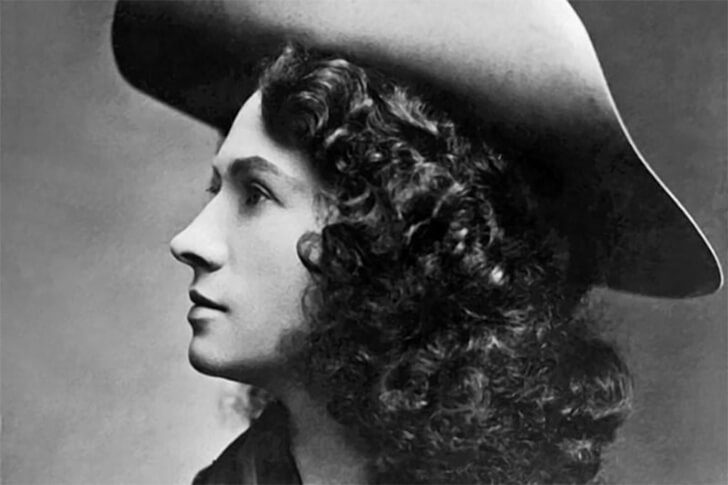
As part of the famous Buffalo Bill's Wild West Show, Annie Oakley became a highly sought-after sharpshooter. Born in 1860 in Darke County, Ohio, she learned to shoot at a young age so she could provide for her family by hunting.
However, her talents were appreciated by gunslinging aficionados everywhere, and she caught the attention of the public when she was 15 years of age after winning a sharpshooting contest. Upon joining Buffalo Bill's show in 1885, she was the highest paid performer, after Buffalo Bill himself, of course. Oakley later moved to her home state Ohio and passed away in 1926.
Ulysses S. Grant
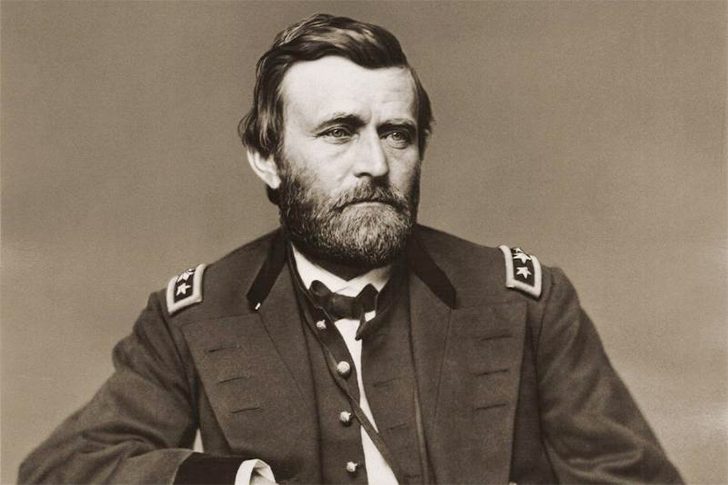
The Civil War was not easy, and it took many brutal battles to abolish slavery in America. Many great leaders were a part of the movement, and Ulysses S. Grant played an important role. Today, the nation regards him as an American hero who led the Union Armies to victory against the Confederacy.
Grant would later become the 18th American president and is known as one of the greatest generals in the country's history. He was even the Secretary of War for a little while before he bagged his presidency job. He was born in 1822 and passed away in 1885.





